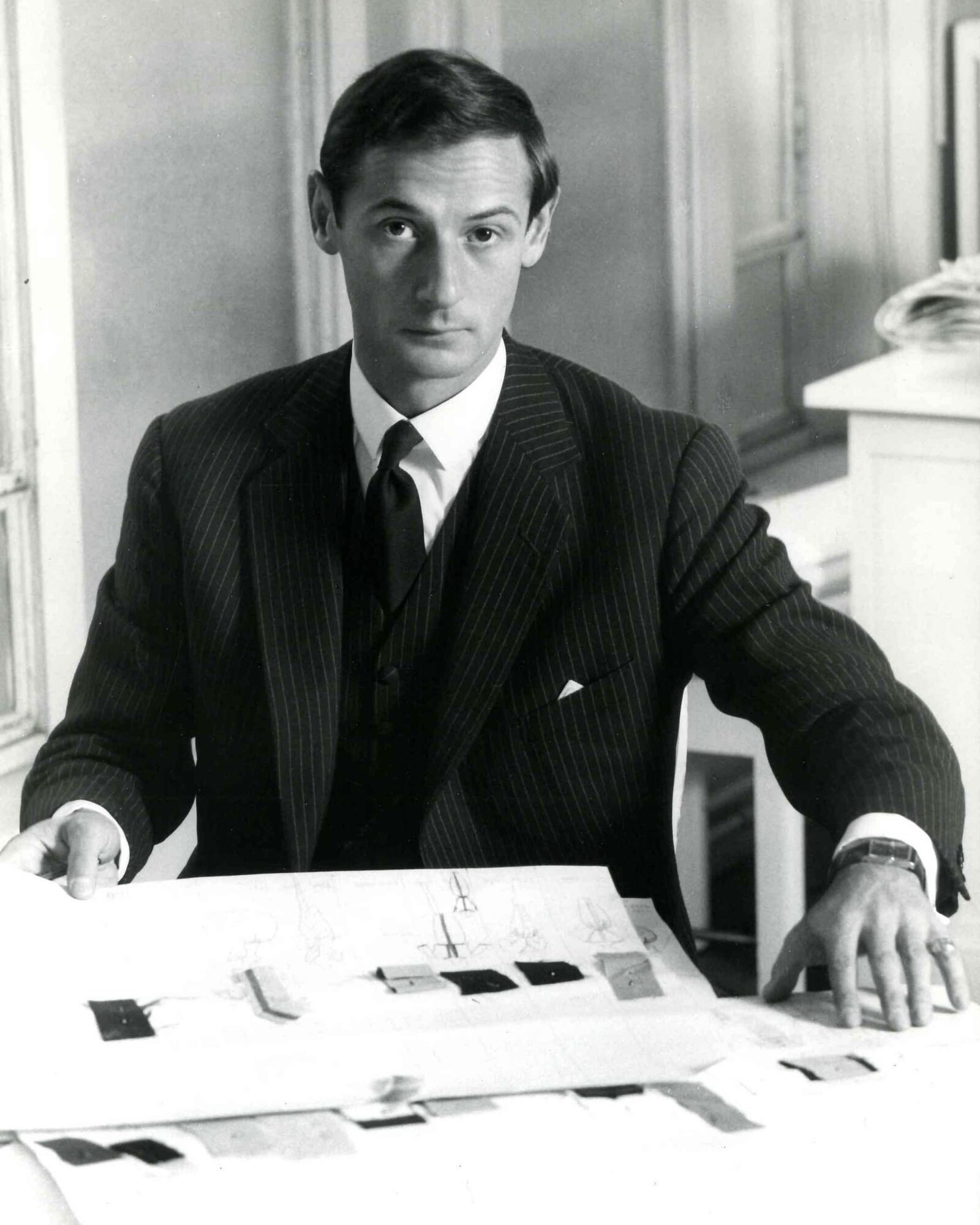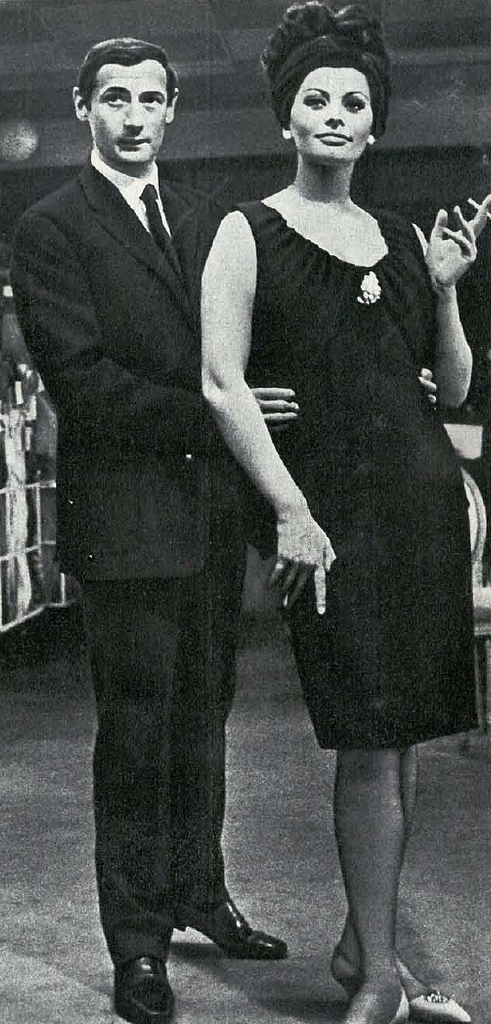
Born in the vibrant fashion hub of Paris in 1926,Marc Bohan's destiny was intricately woven with threads of haute couture from a young age. His mother, a skilled milliner, instilled in him an early appreciation for textiles and fashion craftsmanship. After completing his formal education, Bohan embarked on his fashion career under the tutelage of Robert Piguet, a renowned mentor who also nurtured talents like Givenchy and Dior. For four formative years, Bohan honed his skills, setting the stage for a remarkable journey in the world of fashion.
Venturing Out: From Piguet to His Own Salon
Following his tenure with Piguet, Bohan continued to refine his artistry at esteemed houses like Edward Molyneux and Madeleine de Rauch. In 1953, he took a bold step by launching his own salon in the heart of Paris, aspiring to leave an indelible mark on the fashion landscape. Unfortunately, this debut venture yielded only one collection, prompting Bohan to pivot towards a new opportunity: designing haute couture at Jean Patou, where he remained until 1958.
The Dior Era: A Long and Influential Reign
Bohan's career truly soared from this juncture when he assumed the role of designer at Dior in 1960. This pivotal moment was catalyzed by Yves Saint Laurent's military draft, which left Bohan in charge of Dior's creative helm. He went on to become the longest-serving designer at the iconic fashion house, a testament to his enduring influence and vision.

Design Philosophy: "N'oubliez pas la femme"
Bohan's design philosophy was succinctly encapsulated in his motto: "N'oubliez pas la femme" — "Don't forget the woman." This mantra guided his creations, infusing them with elegance and a timeless appeal. Over his remarkable thirty-year tenure at Dior, Bohan navigated the ever-evolving fashion landscape with finesse. He captivated new audiences with modern, witty styles while ensuring that loyal patrons found solace in classic silhouettes adapted to contemporary sensibilities. One hallmark of his creativity was his transformation of pop fashion into couture, exemplified by his 1975 collection that brought impressionist paintings to life in the form of exquisite dresses.
As an honor of his excellence, Bohan was awarded the prestigious "De d'or" ("Golden Thimble") not once but twice, in 1983 and 1988, a recognition of his enduring impact on the fashion world.
Inspiring the Present: Contemporary Perspectives on Marc Bohan
My adolescence and youth were accompanied by the creations of Marc Bohan for Dior. He was a great innovator who succeeded in infusing a charismatic House such as Dior with all the vitality of the Sixties, fully reflecting the spirit of the times. And by dreaming up, with shapes, colors, and attitude, a new way of experiencing fashion and interpreting the body through clothes. When I arrived at Dior, I studied his work a lot, and he inspired many collections, including one with feminist artist Niki de Saint Phalle, who was one of his great friends.
Maria Grazia Chiuri
Marc Bohan’s work at Dior is a huge source of surprise and inspiration for what we do. There is always something new to discover whilst researching his work.
Kim Jones
When I was 16, I regularly borrowed dresses designed by Marc Bohan for Dior. They were my first ballgowns, my first couture memories. His contemporary vision has changed the way we wear clothes, the way we look at fashion and style.
Victoire de Castellane
Marc Bohan's Enduring Legacy
Beyond his accolades and awards, Marc Bohan's legacy endures as a pioneer who bridged the gap between tradition and modernity in fashion. His commitment to the femininity and his ability to seamlessly blend classic and contemporary styles continue to inspire designers and fashion audiences alike.
